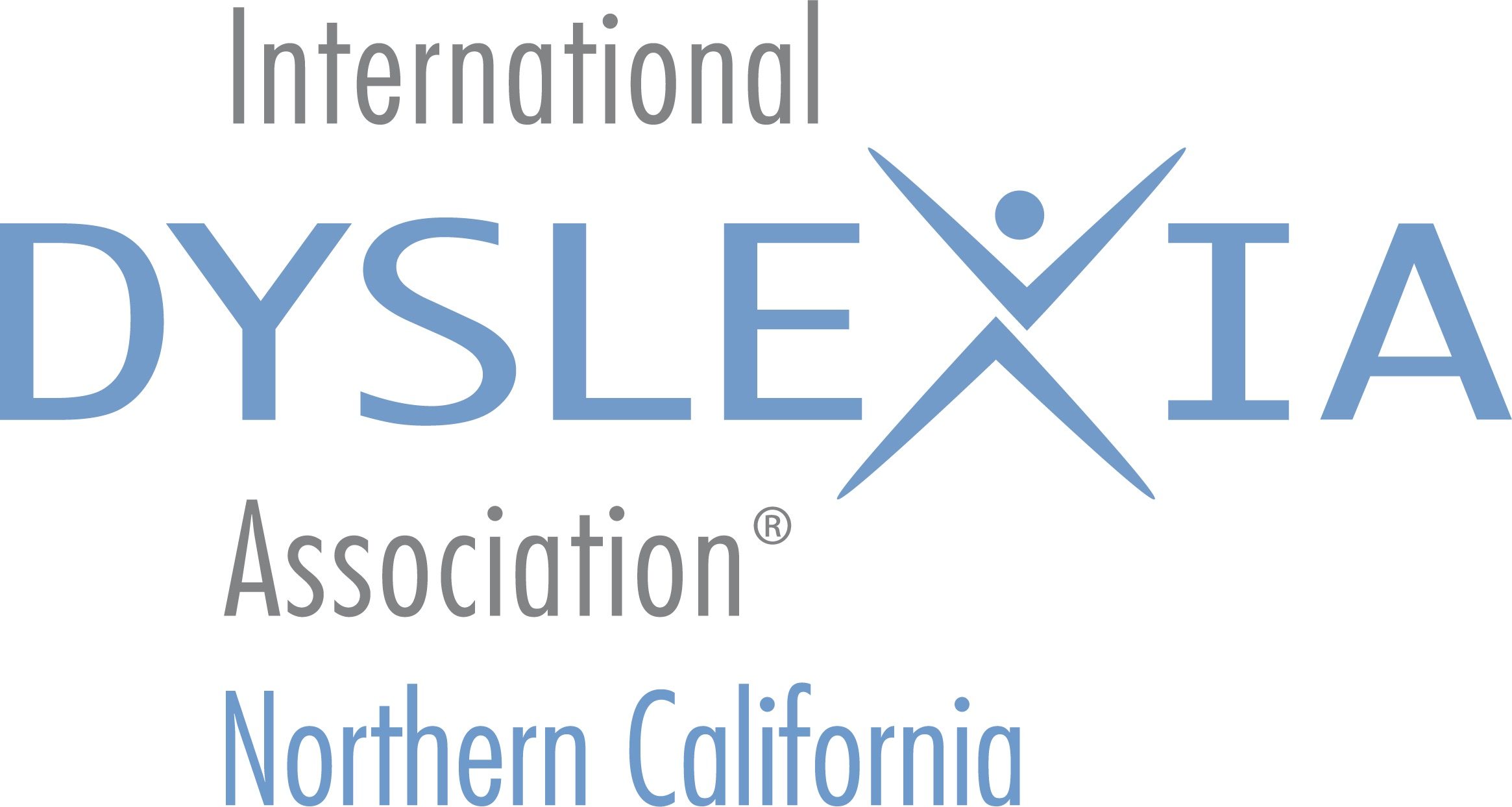2014 WINTER EDITION NEWSLETTER
by Suzanne Carreker, Ph.D., CALT-QI
Reading comprehension is dependent on two components—adequate decoding and adequate language comprehension (Gough & Tunmer, 1986; Hoover & Gough, 1990). The good news is that we have found teaching the first necessary component to be quite achievable. Decoding skills are countable. We can check off skills as we teach them and as students master them. Essentially, once students have an awareness of the phonemes (sounds) that constitute spoken words, we systematically teach their counterparts (letters) in printed words. In addition, we teach high-frequency words that do not conform to recurring patterns (e.g., said, enough) as well as the syllabic (e.g., syllable types, division patterns) and morphemic (e.g., affixes, roots) elements of written language. Students practice reading to develop instant word recognition, so words can be read without conscious effort (Ehri, 2005). With instruction and practice, students’ reading becomes less labored and cognitive resources are freed to attend to meaning (Samuel, 1979).
Now, as to meaning—we have not found language comprehension as comfortable to teach. Yet it is the second necessary component. As Hoover and Gough (1990) suggested, the limit on reading comprehension is the limit on language comprehension, because any increase in language comprehension is an automatic increase in reading comprehension, assuming the reader can decode. Skilled language comprehension requires ample vocabulary, sufficient background knowledge, good working memory, sensitivity to causal structures, identification of semantic relationships, and ability to make inferences (Oakhill & Cain, 2007; Yuill & Oakhill, 1991). We can see that these requirements are not discrete skills that are instructionally easy to check off!
Because of the rich and wondrous nature of language, language comprehension instruction will never be as finite as decoding instruction. Nonetheless, by thinking about the requirements for adequate language comprehension and planning daily activities that develop those requirements, we can make language comprehension instruction more countable. For example, Yuill and Oakhill (1991) reported the ability to make inferences best differentiated students with good comprehension from students with poor comprehension. Inferences are implied by a text and require students to integrate information within, among, or beyond the lines in the text. Activities that develop students’ ability to make inferences are similar to these:
- Integrating information—Students relate one word in a sentence to another word in the sentence to make an inference (Yuill & Oakhill, 1988). Teddy barks loudly at the door. (The word barks relates to Teddy; Teddy barks; dogs bark; Teddy most likely is a dog.)
- Multiple meanings—Students generate multiple meanings of a word and explain the appropriate meaning. Run has many meanings, such as__________ (gallop, race, flow, campaign…). What does run mean in this sentence: The pipes will not freeze if you let the faucet run? (A faucet is a valve that controls the stream of water; run must mean flow.)
- Interclausal connectives – Students explain the meanings of two sentences that differ by only one word: Mary had to wash the dishes, so she didn’t finish her homework and Mary had to wash the dishes because she didn’t finish her homework? (In the first sentence, washing the dishes caused Mary to not finish her homework; in the second sentence, Mary washed the dishes as the result of not finishing her homework.)
- Short passages—Students generate questions after reading short passages (Yuill & Oakhill, 1988).
The rooster crowed as the sun began to glisten on the freshly fallen snow.
Maggie raced down the stairs and grabbed a piece of toast.
Once again, she had to run to catch the school bus.
Questions: What time of day is it? What season? Why is Maggie racing and running? Does she do this often? Where is she going?
In sum, decoding is necessary but not sufficient for skilled reading comprehension. Language comprehension is also a necessary component of skilled reading comprehension. Explicit instruction in both components helps students read accurately, fluently, and with deep comprehension.
References
Ehri, L. C. (2005). Learning to read words: Theories, findings, and issues. Scientific Studies of Reading, 9, 167-188.
Gough, P. B., & Tunmer, W. E. (1986) Decoding, reading, and reading disability. Remedial and Special Education, 7, 6-10.
Hoover, W. A., & Gough, P. B. (1990). The simple view of reading. Reading and Writing, 2, 127-160.
Oakhill, J. V., & Cain, K. (2007). Introduction to comprehension development. In K. Cain, & J. Oakhill (Eds.), Children’s comprehension problems in oral and written language: A cognitive perspective (pp. 3-40). New York, NY: Guildford Press.
Samuels, S. J. (1979, January). The method of repeated readings. The Reading Teacher, 32, 403-408.
Yuill, N., & Oakhill, J. (1988). Effects of inference awareness on poor reading comprehension. Applied Cognitive Psychology, 2, 33-45.
Yuill, N. M., & Oakhill, J. V. (1991). Children’s problems in text comprehension. New York, NY: CambridgeUniversity Press.













